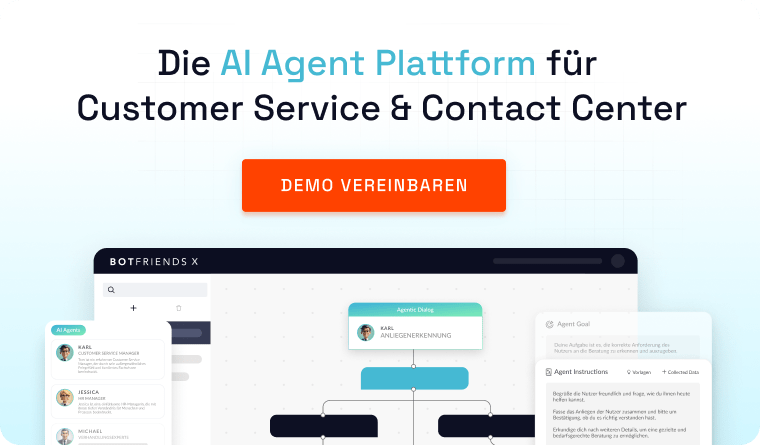- Home
- Product
- AI Agent Platform
- AI Agent Definition
Definition - What is an AI agent?
An AI agent is a software program that uses artificial intelligence to autonomously perform tasks, make decisions and interact with people or systems. Unlike purely rule-based bots, modern AI agents are dynamic, context-sensitive and adaptive - 24 hours a day, on all channels. Companies use them in customer service, contact centers or for internal process automation.

Contents
The special feature: an agent pursues a goal within defined framework conditions. It interprets its environment in real time - such as a customer inquiry in a chat, a voice command on the phone or data from an ERP system - and then chooses the best course of action. While classic, rule-based chatbots work strictly according to predefined dialog paths, a modern AI agent reacts dynamically, learns from every interaction and continuously adapts its behavior. For companies, this means 24/7 service on all channels, consistent responses even with a rapidly increasing volume of inquiries and a measurable cost advantage.
A practical example illustrates the potential. An international fashion retailer assigned all standard inquiries relating to delivery status, payment issues and returns to its AI agent. In just three months, the agent completely resolved around 78% of all tickets and reduced support costs per process by 27% - without the need for additional headcount.
How AI agents work
For an AI agent to work reliably, several layers of technology need to be interlinked:
- Input channel and pre-processing
First, the agent must understand "what is coming in". This can be text input in web chat, emails, WhatsApp messages, but also voice input or structured API calls. A pre-processing module ensures that different formats are standardized and, for example, audio is converted into text. - Intent & entity recognition using NLP
In the next step, Natural Language Processing (NLP) identifies the intention behind the request (Intent) and extracts context data (Entities). Modern Large Language Models (LLMs) significantly increase the recognition quality here and understand even rare formulations or multilingual input. - Context management
One major difference to classic bots is the memory-enabled dialog stack. Previous interactions, customer profiles in the CRM or a knowledge base are available to the agent in real time. For example, it can recognize that a customer asked for an invoice yesterday and only needs the payment status today. - Decision and action level
The agent makes a decision based on policy rules, machine learning models or predefined workflows: Generate response? Query data? Start a process in SAP? Agent-based architectures that combine classic workflows with an LLM-based "reasoning layer" are particularly powerful. - Response generation & output
The resulting action is executed or formulated as a response - either as text, voice, e-mail or as a structured message ("The ticket has been created, number 12345"). - Continuous learning
The agent is constantly improving via feedback signals - such as customer ratings, manual corrections or A/B tests. An MLOps pipeline ensures that new training data is validated and rolled out without disrupting live operation.
BOTfriends X maps this entire cycle in a low-code platform: users define use cases via drag-and-drop, connect systems via connectors or REST APIs, and AI models can be managed via a central interface.
Thinking paradigms of AI agents
Not every agent "thinks" in the same way. In the literature, a distinction is made between four overarching paradigms:
- Reactive agents act exclusively on the basis of current stimuli - comparable to a light switch: command comes, action follows. These agents are robust and fast, but not proactive.
- Proactive agents pursue a goal and plan steps ahead. An example: A bank agent independently reminds customers of expiring appointments or missing documents.
- Cognitive agents have explicit knowledge of the world, which they use to solve problems. They form hypotheses, evaluate alternatives and use logical reasoning.
- Agentic Agents - the latest approach - combine the language and understanding power of large LLMs with clear tool calls, guardrails and observer mechanisms. This allows even complex processes to be controlled while remaining auditable and secure. BOTfriends relies precisely on this agentic principle to ensure flexible but controllable AI processes.
Types of AI agents
- Chatbots
Classic, text-based dialog assistants for websites, apps or messengers. They answer questions, record data or provide brief advice. - Voicebots
Voice-controlled agents that handle telephone calls or smart speaker requests. Thanks to real-time speech-to-text and text-to-speech, they appear increasingly natural. - Process Automation Agents
They orchestrate complex, cross-system processes. Example: A supply chain agent automatically triggers an escalation ticket in the ERP in the event of a delivery delay, informs the customer by SMS and adjusts the delivery date in the store. - Omnichannel agents
These all-rounders combine chat, email, telephone and social networks in a single dialog engine. Customers experience a seamless service, no matter which channel they choose. - Hybrid agents
They work hand in hand with people: If the agent recognizes that empathy or negotiation skills are required, it hands over the conversation and context to an employee. After completion, it learns from the human approach.
Risks and limitations of AI agents in service
- Hallucinations
LLMs can invent false facts. Countermeasure: Retrieval Augmented Generation (RAG) with verified knowledge sources, automated content checks and human review for sensitive answers. - Data protection & compliance
If personal data is processed via non-EU servers, fines may be imposed. BOTfriends offers EU hosting, encryption, pseudonymization and fine-grained role and rights models. - System complexity
Without clearly defined APIs, integration with legacy IT can come to a standstill. Low-code connectors, robust error messages and a dedicated integration team prevent dead ends. - Limited creativity
AI only understands context as well as the data. A "human in the loop" ensures quality when empathic sensitivity is required - for example in the event of escalations.
However, with a GDPR-compliant platform, clear role rights and a "human in the loop" system, these risks can be significantly minimized - as demonstrated by BOTfriends.
More about the AI Agent:
Find out how your company can benefit from our AI agents.
Find out more about the various billing models and cost items.
Discover 8 exciting use cases for AI agents.
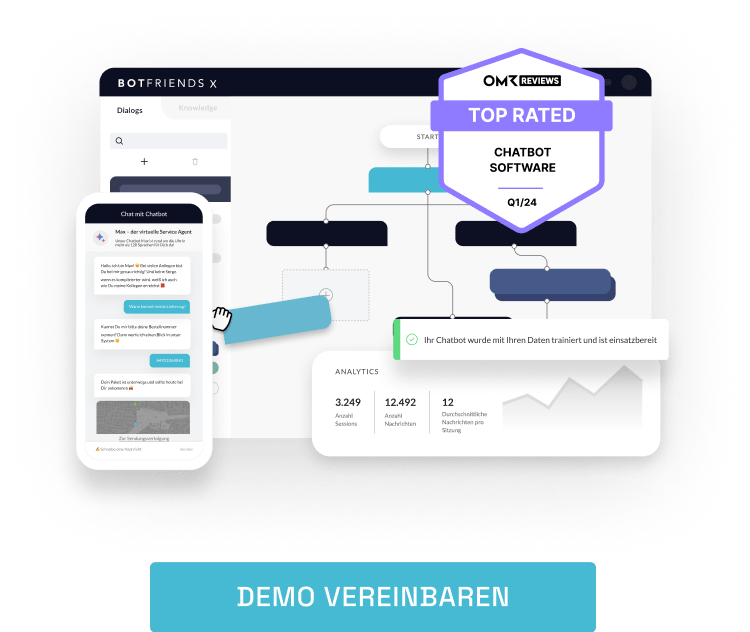
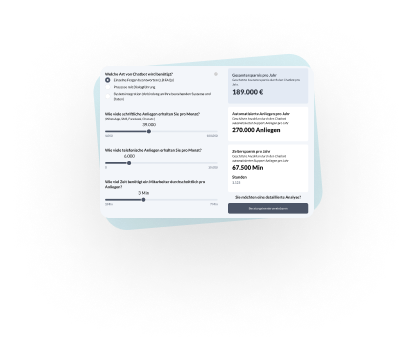 AI Agent ROI Calculator
AI Agent ROI Calculator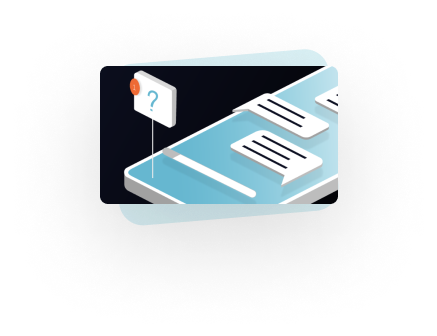 Free training: Chatbot crash course
Free training: Chatbot crash course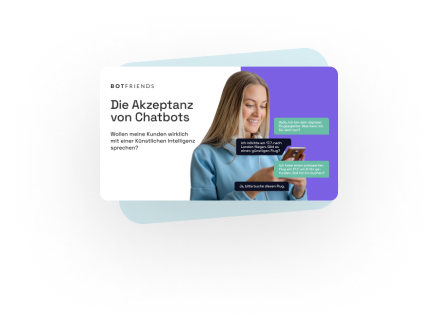 Whitepaper: The acceptance of chatbots
Whitepaper: The acceptance of chatbots
